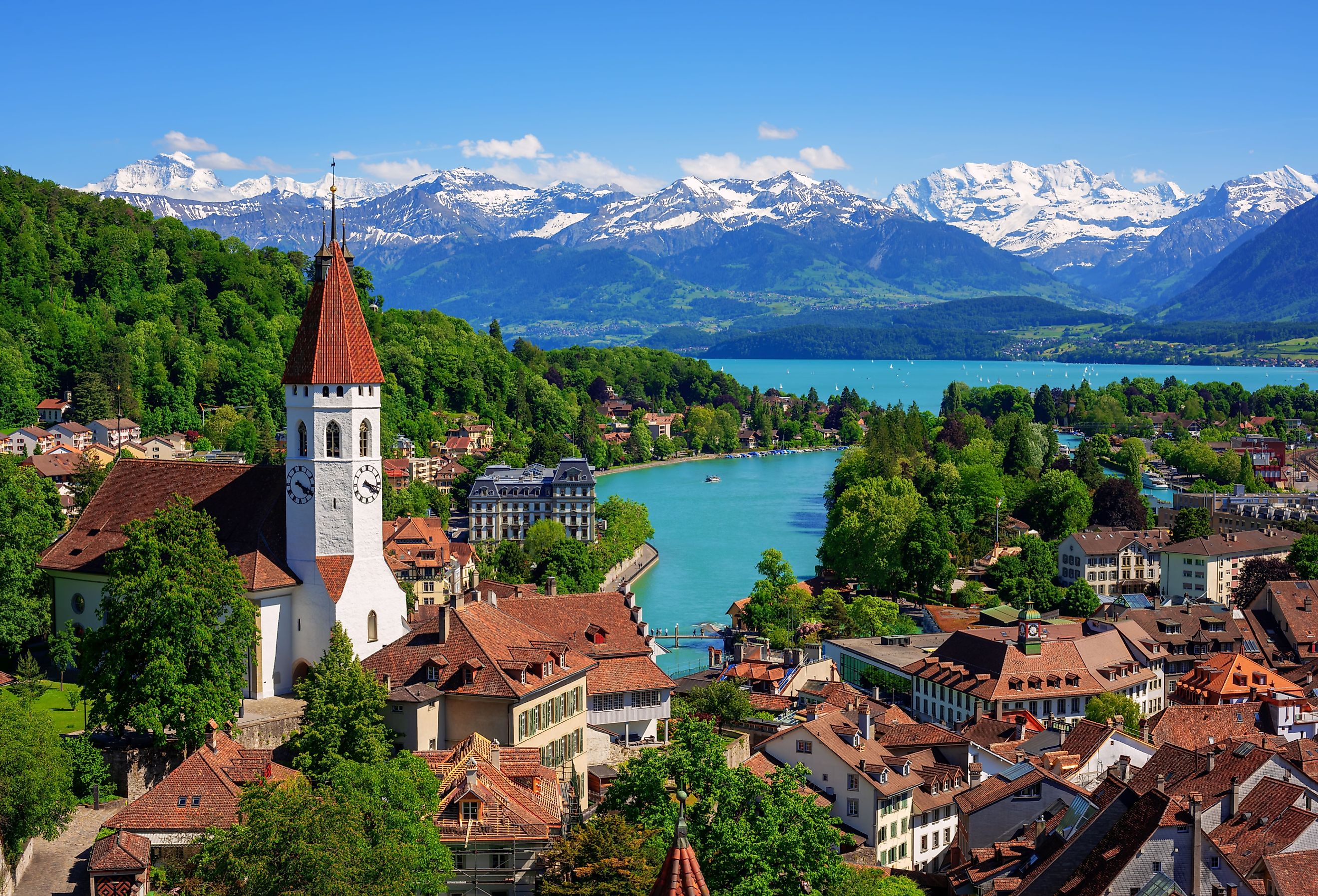
15 Most Expensive Countries To Live In The World
The world is a diverse tapestry of nations, each offering its unique blend of culture, history, and natural beauty. However, beneath the surface of these enticing destinations lies a stark reality, the cost of living varies from one country to another. These 15 countries possess eye-opening disparities (compared to the rest of the world) at the cost of maintaining a comfortable life. The metric used here (calculated by Numbeo) is based on the prices of consumer goods, including groceries, restaurants, transportation, and utilities, contrasted with the cost of living in New York City. For example, if a country has a cost of living of 110.4, it is 10.4% more expensive than life in NYC. Conversely, a score of 64.5 is 35.5% cheaper than life in NYC. Although housing costs, such as rent and mortgage payments, are not factored into these calculations, they are another essential aspect to consider when examining the financial landscape of a country.
15 Most Expensive Countries To Live In The World
- 1. Switzerland — 114.2
- 2. Bahamas — 90.9
- 3. Barbados — 88.8
- 4. Norway — 88.6
- 5. Singapore — 85.9
- 6. Iceland — 83.3
- 7. Denmark — 78.6
- 8. Israel — 76.4
- 9. Australia — 75.3
- 10. Luxembourg — 73.2
- 11. New Zealand — 72.9
- 12. United States — 72.4
- 13. Ireland — 70.5
- 14. South Korea — 70.4
- 15. France — 68.7
Switzerland — 114.2
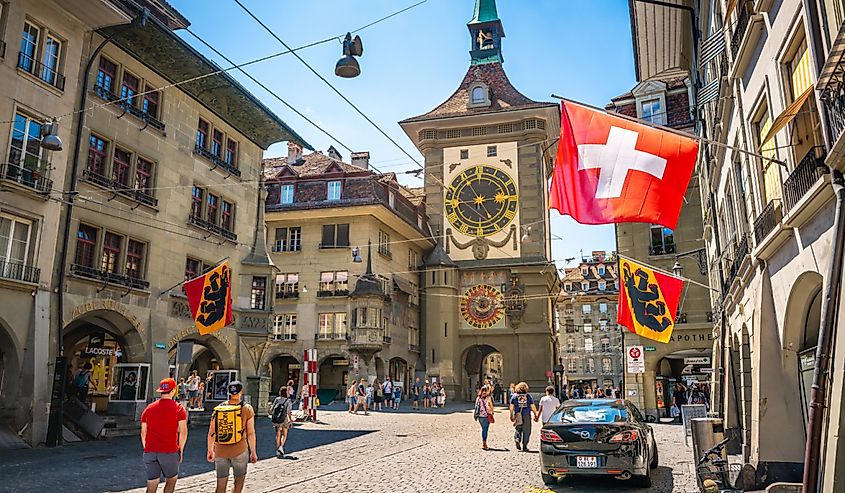
Switzerland is a landlocked country in Central Europe famous for its natural beauty, rich history, and high quality of life. However, this comes at a cost, as Switzerland has one of the highest costs of living in the world. Firstly, the Swiss currency, the Swiss Franc, is one of the strongest currencies in the world. This means that imported goods, such as electronics or luxury items, tend to be more expensive than in other countries. Additionally, Switzerland has a very high standard of living, with low unemployment rates, excellent healthcare and education systems, and good infrastructure. These factors raise the cost of goods and services across the board.
Secondly, Switzerland is a popular tourist destination, which can drive up prices in areas with high tourist traffic. Popular ski resorts, such as Zermatt and St. Moritz, are expensive due to the high demand for accommodation, food, and activities. Major cities like Geneva and Zurich are also pricey due to their popularity and the high cost of living for locals. Lastly, Switzerland has a high tax rate, which helps to fund the social welfare systems that make it such a desirable place to live. However, this can also hinder economic growth and lead to less disposable income for residents.
Bahamas — 90.9
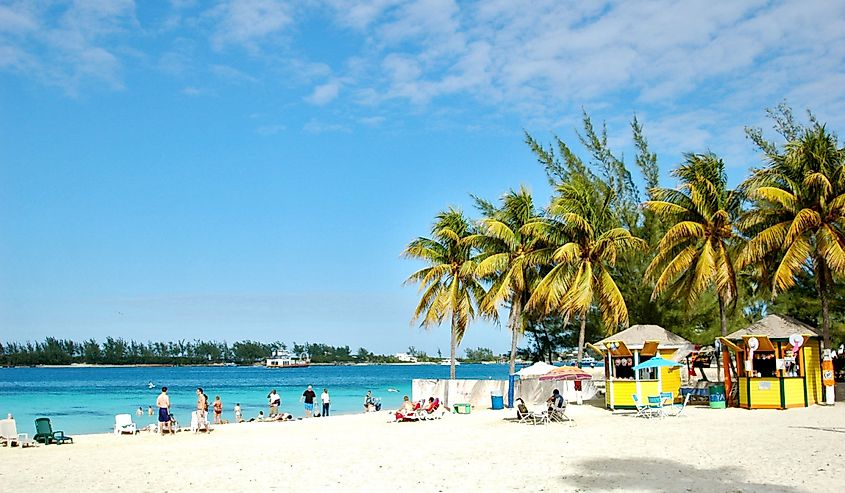
The Bahamas is a popular vacation destination known for its crystal-clear waters, white sandy beaches, and laid-back lifestyle. However, it can also be an expensive place to live due to its location, economy, and infrastructure. The Bahamas consists of more than 700 islands, many of which are remote and only accessible by boat or plane. This means that transportation costs can be high, as goods and services need to come from off-island. Additionally, the economy is heavily dependent on tourism. This means that prices are higher in areas frequented by tourists.
Furthermore, the cost of living can be higher in the Bahamas due to the limited access to certain goods and services. For example, fresh produce may be more expensive due to the difficulties associated with transportation and short shelf lives.
Barbados — 88.8
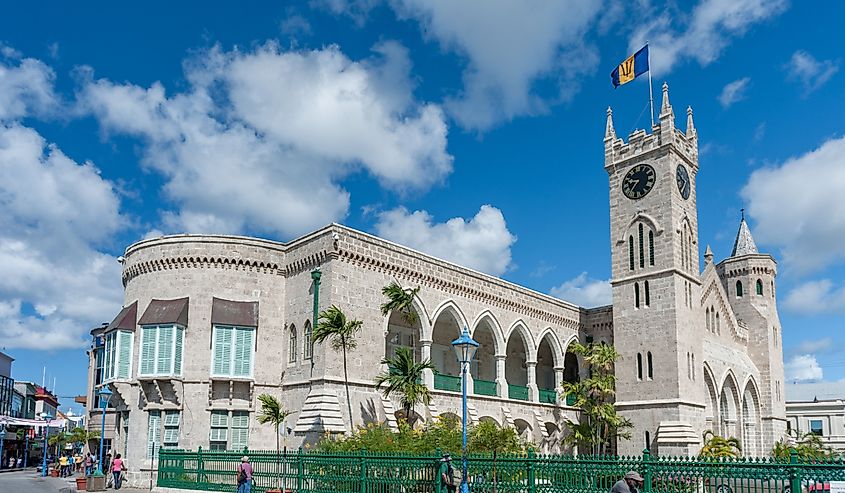
Barbados is another small island nation in the Caribbean with warm weather and a vibrant culture. However, the cost of living can be higher than expected due to several factors. One of the biggest contributors to the high cost of living in Barbados is its location. As an island nation, Barbados imports many goods and services, which can lead to higher prices due to transportation costs. Like the Bahamas, tourism creates a competitive market and popular tourist areas have undergone inflation from unique demand.
Another factor that can drive up the cost of living in Barbados is the high standard of living enjoyed by locals. With a well-funded social welfare system, excellent public services, and a comfortable lifestyle, residents pay more in taxes and fees to support these amenities.
Norway — 88.6
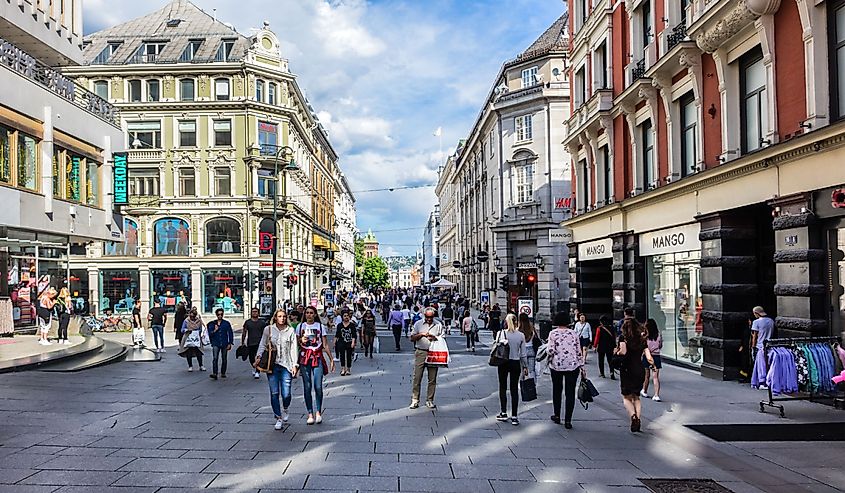
Norway is a Nordic country in Northern Europe that is legendary for its stunning natural landscapes, high standard of living, and progressive political policies. However, living in Norway can be expensive. One of the major contributors to the high cost of living in Norway is its strong currency, the Norwegian krone. This makes imported goods, such as electronics and luxury items, more expensive than in other countries. Additionally, Norway has a high standard of living, which comes with a higher cost of goods and services. The country's social welfare system is also well-funded, but this means that residents pay more in taxes and fees.
Another reason for the high cost of living in Norway is its remote location and the associated transportation costs. Many goods and services are imported to Norway, which can drive up prices. Additionally, Norway's economy relies heavily on the oil and gas industry, which can cause fluctuations in prices associated with these commodities.
Singapore — 85.9
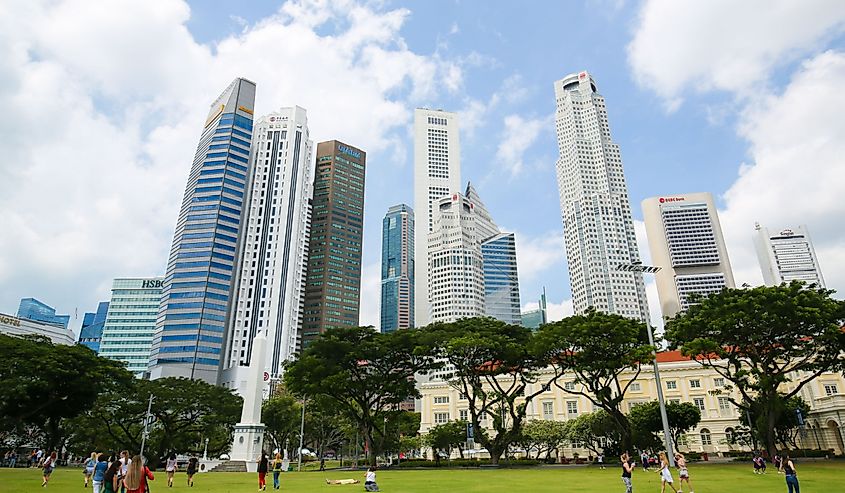
A luxurious country, Singapore has a vibrant culture, delicious food, and a thriving economy. However, it can also be an expensive place to live due to several factors. Singapore’s high cost of living relates directly to its small size and the limited amount of natural resources. This means that many goods and services need to be imported, which can increase prices due to transportation costs. Additionally, Singapore is a popular destination for ex-pats, which can drive up prices in areas where ex-pats frequent.
Another factor contributing to the high cost of living in Singapore is its excellent public services and infrastructure. While these amenities make Singapore a desirable place to live, they come at a cost. Additionally, Singapore has a high standard of living and a well-funded social welfare system, which residents support through taxes and fees.
Iceland — 83.3
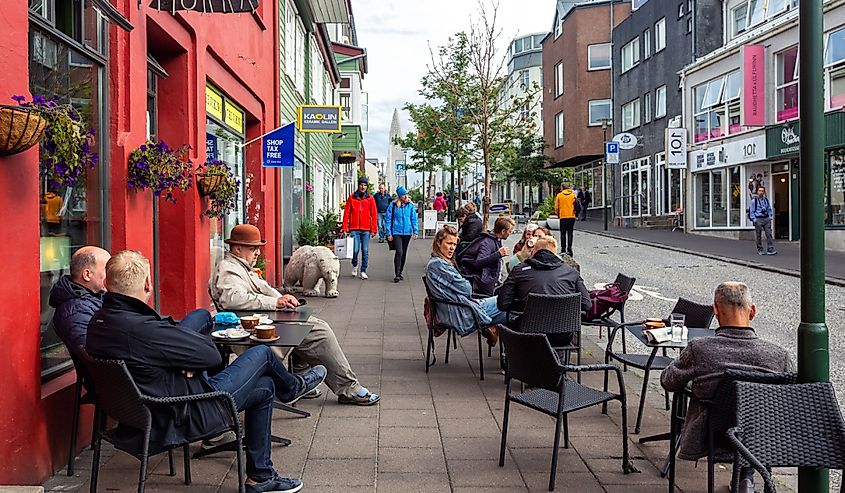
Iceland is a small island nation located in the North Atlantic known for its stunning natural landscapes, including glaciers, geysers, and black sand beaches. However, living in Iceland can be pricey. One reason for the high cost of living in Iceland is its remote location and the associated transportation costs. Many goods and services need to be imported, which can increase their cost. Additionally, Iceland does not have a large economy or population, which means that goods are produced on a smaller scale, further driving up costs.
Another factor contributing to the high cost of living in Iceland is the country's emphasis on social welfare and equality. While these values are admirable, they require a higher tax rate and more expensive public services. Additionally, Iceland's standard of living is high, which means that goods and services have a higher price tag.
Denmark — 78.6
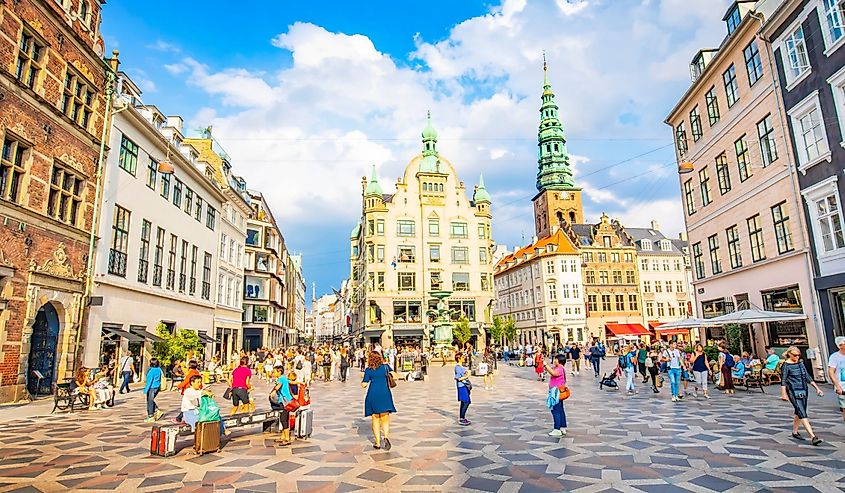
Denmark, located in Northern Europe, is renowned for its sustainability, social welfare policies, and quality of life. One of the reasons for the high cost of living in Denmark is its currency, the Danish krone, which is relatively strong compared to other world currencies. However, like other countries on this list with solid currencies, a higher average wage means that, relative to residents, the cost of living is not out of reach.
Denmark also has a high standard of living, which comes with a price tag. Excellent healthcare and education, infrastructure, and clean and efficient transport systems are all factors that contribute to Denmark's high cost of living. Furthermore, Denmark deems many public services essential which creates a high social welfare state but leads to high taxes for the citizens of the country.
Israel — 76.4

Israel has long sought accolades for its technological advances and start-up hub status. However, living in Israel can be challenging with the high cost of living compared to other Middle Eastern countries. One of the major factors adding up to the high cost of living in Israel is its location. The country is in a politically unstable region with ongoing conflicts. This increases the cost of basic necessities, such as fuel and electricity, imported from foreign countries.
Tel Aviv, Israel's economic hub and the epicenter of its tech industry, ranks among the world's most expensive cities in terms of housing, food, and entertainment expenses. Moreover, the country's robust and reliable social welfare system requires high taxes, with taxes being a burden for the working class and immigrants.
Australia — 75.3
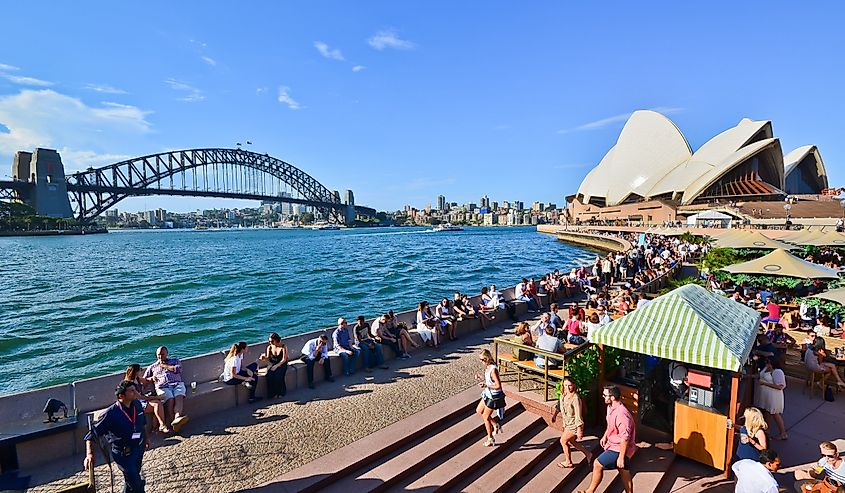
Australia, located in the southern hemisphere boasts vast landscapes, marine life, and fearsome nature. However, it is an expensive country to live in compared to others in the Asia-Pacific region. One reason for the high cost of living in Australia is due to its large size, vast wealth, and standard of living. Life in the country can range from the major cities of Sydney, Melbourne, and Brisbane to remote rural areas, making it challenging for municipalities to manage public services and infrastructure efficiently.
The country's location in the southern hemisphere also leads to high import costs, which contribute to higher prices for goods and services. Additionally, the cost of living can be high in Australia due to its desirable, high-offering job market, as it attracts professionals and students from all over the world. Moreover, the country has a complex and comprehensive social welfare system funded by taxes to fund programs through Australian colleges and administer pensions, health, and aged care services.
Luxembourg — 73.2
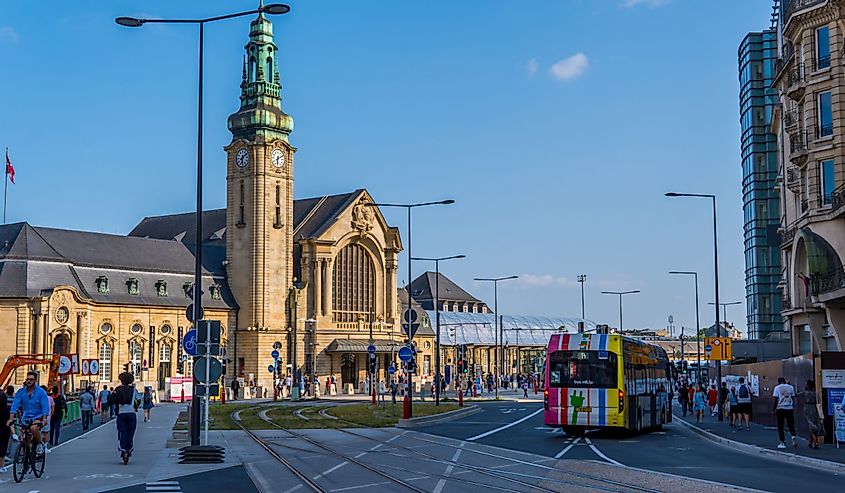
Luxembourg is a small landlocked country in Western Europe with a penchant for a robust economy, low tax rates, and a high standard of living. With a small population of approximately 647,000, it also has one of the highest costs of living globally with a high aggregate purchase parity.
One of the key reasons for the high cost of living in Luxembourg is the country's prosperous economy. Many multinational corporations have operations in Luxembourg due to the country's business-friendly policies and tax rates. High levels of wealth and income, coupled with limited space in the city center, drive up the cost of buying or renting a property. Additionally, Luxembourg is a popular destination for high-net-worth expatriates who have further increased the cost of living in the country. This is particularly the case in the city of Luxembourg, where many international organizations and the European Union hold properties.
New Zealand — 72.9

New Zealand's high cost of living is due to several factors. As a remote island nation in the South Pacific, it relies heavily on imports for a wide range of goods and services, contributing to increased prices. Its relatively small population and strong economy, combined with high wages, result in higher consumer spending.
Moreover, New Zealand's economy is reliant on the service and tourism industries. Many of the jobs in these sectors pay lower salaries, making it difficult for workers to make ends meet in high-priced urban areas. Additionally, the high demand for housing, particularly in major cities like Auckland and Wellington, drives up property and rental prices. Finally, the country's commitment to environmental conservation and sustainability adds to the overall cost of living.
United States — 72.4
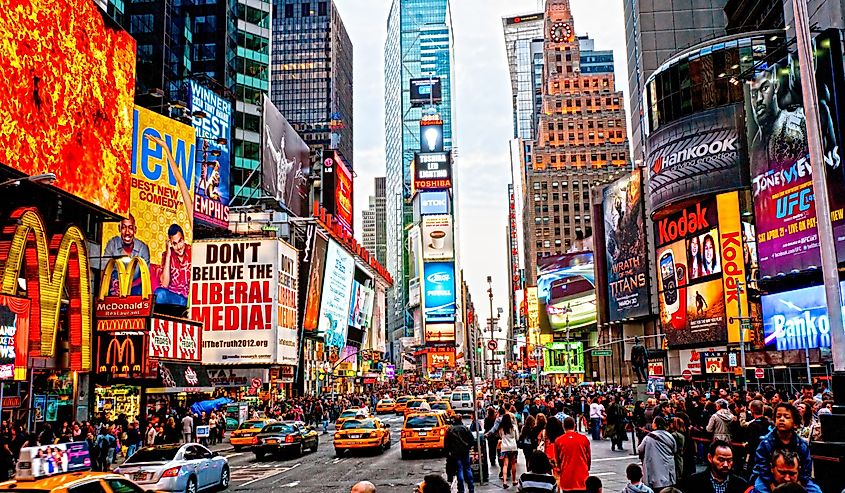
One of the reasons for the high cost of living in the United States is the country's sheer size, resulting in different living costs across major cities and areas. The high demand for quality schools, excellent healthcare services, and other essential everyday needs drive up the cost of living.
The issue of paying for healthcare is particularly severe in the United States, with coverage costs making a significant part of the day-to-day expenses bucket. Furthermore, the country's well-developed social welfare system is funded by high taxes. Thus, citizens need to pay more taxes. Also, metropolitan communities that house bustling economic cities are some of the most expensive cities globally, with New York City, Los Angeles, and San Francisco ranking among the most expensive in the world.
Ireland — 70.5
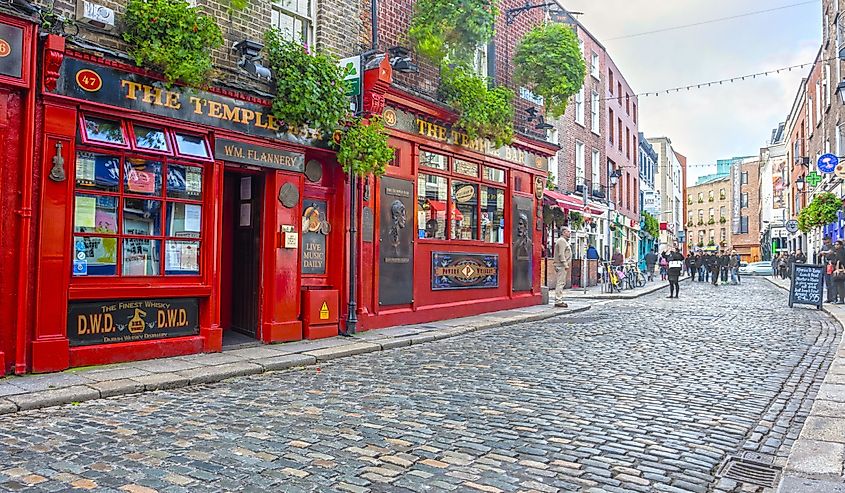
Ireland, also dubbed the Emerald Isle, is a small country located in North-West Europe and it is one of the world's most expensive places to live. Ireland's high cost of living is partly due to the country's strong economy, with small tax rates and huge corporations located in the country. This has led to high levels of wealth and income, contributing to increased prices of properties and everyday necessities.
Additionally, urban areas such as Dublin and Cork are among the most expensive in Europe. Inflated housing costs, combined with the high demand for rentals, due to the education and employment opportunities found in cities, means that residents are often hard-pushed to find an affordable home.
South Korea — 70.4
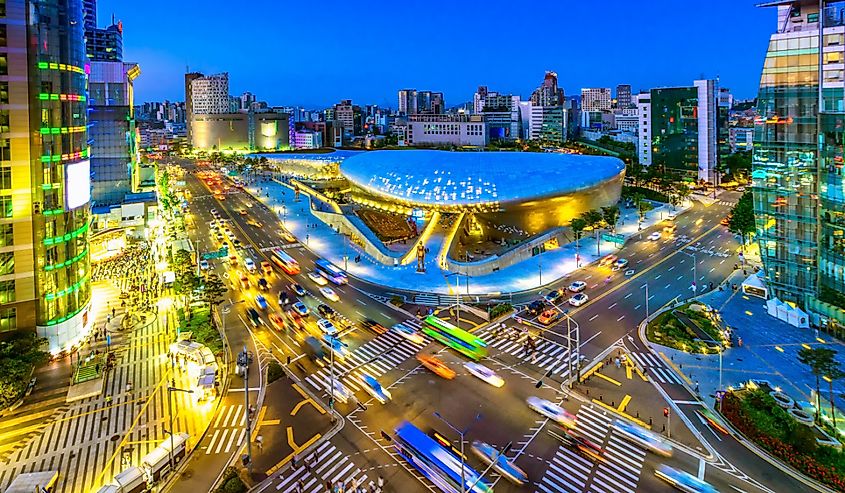
Real estate drives up the high living costs in South Korea, which are on the rise. High population density, demanding work schedules, and culture have contributed to the demand for residential units, driving property prices in urban areas like Seoul higher.
Moreover, a significant proportion of South Korea's population is concentrated in cities, leading to high demand. This causes the cost of essential services and goods, such as food, to rise significantly. Furthermore, the high cost of living is partly due to the taxation system in South Korea, with the mandated social security scheme and high taxes levied on commodities, including healthcare.
France — 68.7
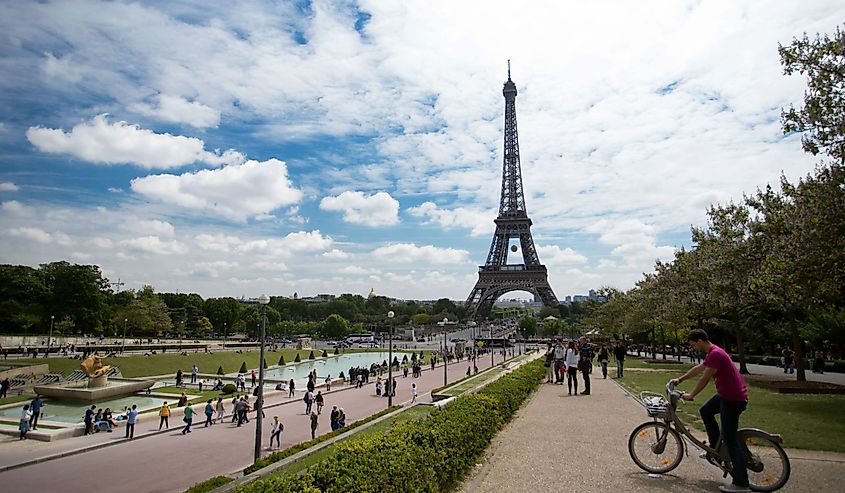
France, located in Western Europe, is renowned for its rich cultural history, fine wine and cheese, and Paris, the city of love. However, it is one of the world's most expensive places to live. The first factor that contributes to the high cost of living in France is the high rate of taxation. With a comprehensive welfare system for its citizens, the government levies high taxes to fund social security and public services.
Moreover, France has one of the costliest housing markets globally in urban areas, requiring significant investment to purchase or rent a property. The cost of living is also higher in city centers. Large groups of people settle in specific parts of cities, such as the 8th arrondissement in Paris, which means the urban cluster gets overcrowded. Lastly, as an attractive tourist destination, several areas and services tailor themselves to tourists. Hence even basic necessities such as food, water, or clothing are higher in these areas compared to other parts of the country.
While some view these high costs as a deterrent, others see them as a testament to the high standard of living, exceptional infrastructure, and unique cultural experiences that these countries offer. Overall, the high cost of living in these 15 countries is due to several factors, such as taxation systems, inflation of urban real estate, demand for essential services and goods, and high-density populations in urban areas. By gaining a deeper understanding of the underlying reasons for high consumer goods prices, utility costs, and transportation expenses, one can better appreciate the global landscape and the diverse experiences of people living in different corners of the world.
The Most Expensive Countries To Live In The World
| Rank | Country | Cost of Living Index |
|---|---|---|
| 1 | Switzerland | 114.2 |
| 2 | Bahamas | 90.9 |
| 3 | Barbados | 88.8 |
| 4 | Norway | 88.6 |
| 5 | Singapore | 85.9 |
| 6 | Iceland | 83.3 |
| 7 | Denmark | 78.6 |
| 8 | Israel | 76.4 |
| 9 | Australia | 75.3 |
| 10 | Luxembourg | 73.2 |
| 11 | New Zealand | 72.9 |
| 12 | United States | 72.4 |
| 13 | Ireland | 70.5 |
| 14 | South Korea | 70.4 |
| 15 | France | 68.7 |
| 16 | Netherlands | 68.6 |
| 17 | Finland | 67.5 |
| 18 | Canada | 66.1 |
| 19 | Austria | 66 |
| 20 | Lebanon | 65.8 |
| 21 | Belgium | 65.6 |
| 22 | Japan | 64.6 |
| 23 | Germany | 62.9 |
| 24 | Sweden | 62.9 |
| 25 | United Kingdom | 61.5 |
| 26 | Malta | 61.4 |
| 27 | Italy | 61.3 |
| 28 | United Arab Emirates | 60.3 |
| 29 | Uruguay | 59.9 |
| 30 | Qatar | 59.5 |
| 31 | Yemen | 58.8 |
| 32 | Cyprus | 55.9 |
| 33 | Brunei | 55.2 |
| 34 | Maldives | 55 |
| 35 | Estonia | 54.8 |
| 36 | Greece | 54.6 |
| 37 | Taiwan | 54.2 |
| 38 | Jamaica | 53.6 |
| 39 | Trinidad And Tobago | 53.3 |
| 40 | Bahrain | 52.7 |
*Source: Numbeo, 2023.











